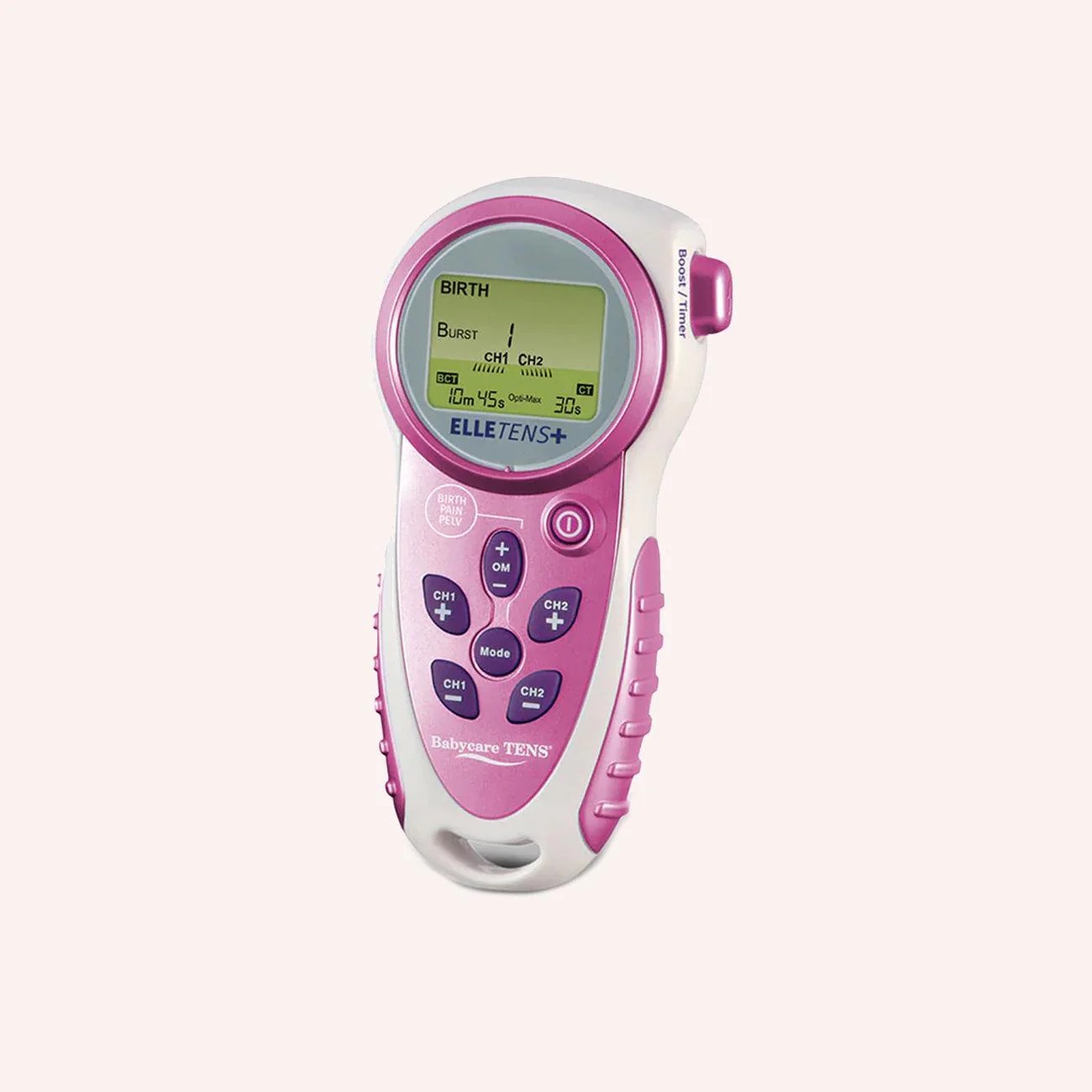It'll be of no shock to learn that birthing a baby brings discomfort and pain. Although this can be exceptionally daunting for many, think of the women who have gone before you. They are, you are, amazing and the female body is an outstanding demonstration of resilience. With deep breathing, focused mental strength, human support, medication, water (shower or bath )and hormones (oxytocin and adrenaline in particular are like super powers during birth), you should be able to manage this pain.
For now, keep visualising the end goal. Your beautiful baby lying on your chest. Below is a collection of pain relief you may like to consider as you head towards your due date. Remember to follow your gut and natural instinct. There is no right or wrong way to give birth. Your comfort and confidence is what counts.
Non Pharma Options
- Heat Packs; Focusing on your back, heat packs can help to soothe aches, reduce inflammation and stiffness, and ease muscle pain. Inexpensive to purchase, easy to warm, quick to have an effect.
- Movement and mobility; Movement is all about easing the intensity of labour and reducing any acute focus on intrusive levels of pain. Movement is also about encouraging the baby to move down towards the birth canal (thank you gravity!) and therefore trying to speed up the process. Slow and steady movement can help to loosen your hips, which is helpful preparation for birth. Try to sway, walk around the room, gently rock, or even try and lean onto your support person and slow dance (… this is no joke).
- Shower or take a bath; Being immersed in warm water or having it trickle over your body during painful contractions can have relaxing effects. It’s most helpful if you can find a suitable mind frame to match, calm. Close your eyes and practise deep breathing.
- TENS Machine (Transcutaneous Electrical Nerve Stimulation); This involves a series of electrode pads that stick to your lower back. Connected to the pads is a small handheld controller, which places the power of this particular pain management tool in your hands. This aspect alone is helpful to many. The intention of the TENS machine is to send safe electric pulses to your nerve fibres, resulting in a tingling sensation - distracting you from the pain of contractions. The use of TENS can also prompt the brain to release endorphins, which is another distraction tactic.

- Breathing techniques; Never underestimate the power of breathing. Firstly, as you are in charge of the pace of your breath, using a particular pace or rhythm can give you a sense of control. The use of appropriate breathing techniques can also harness a sense of calm. It can reduce stress and lower the intensity of pain if you allow yourself to go with it. Slowly breathing in through the nose and out through the mouth is a nice place to start. Slow, steady, controlled.
Pharma Options
Epidural
An epidural is a medical form of pain relief that helps women in labour feel a numb sensation from the top of the uterus down to the toes, contributing to a pain free labour. An epidural is administered (the process takes 15- 30 minutes) into the lower back via a needle.
An anaesthetist will perform the epidural procedure but before the needle is inserted, a few things will need to happen. Firstly, a cannula will be inserted into your hand or your arm to enable the administration of fluids. This makes sure that both you and your baby remain well hydrated throughout the procedure and the birth. A blood test will also be performed to assess your suitability for the procedure.
To note; timing is a big factor when it comes to the epidural … and there is such a thing as ‘too late.’ Should you want an epidural, make sure that you communicate this to your midwife or obstetrician, and your support partner. The anaesthetist won’t necessarily be in the room or even on the same floor as you. They have to be paged and alerted, so when and if you’re ready, speak up!
Gas and Air
During labour, you might be offered ‘the gas’ as a form of pain management which is usually administered via a hose and a mouthpiece at the head of the bed. The gas is a mixture of nitrous oxide mixed with oxygen and it can make you feel a little giggly, nauseas or euphoric in the seconds following each suck. The gas and the timing of your inhales and exhales can help take the edge off the pain and form a distraction. The gas is safe, readily available and easy to control at your own pace.
Panadeine Forte
Containing both paracetamol and codeine, Panadeine Forte is a tablet which can reduce the number of pain messages being signalled in your brain during labour. The codeine component of Panadeine Forte can make you feel very woozy or lightheaded, so it’s best to tread with caution if you’re walking around.
Morphine
Morphine is a strong opioid, administered via an injection. While Morphine can block pain signals in the brain and in the nervous system, it can also make people feel quite nauseated, groggy or sleepy. It’s also important to point out that the effect of Morphine can take a while to wear off.











